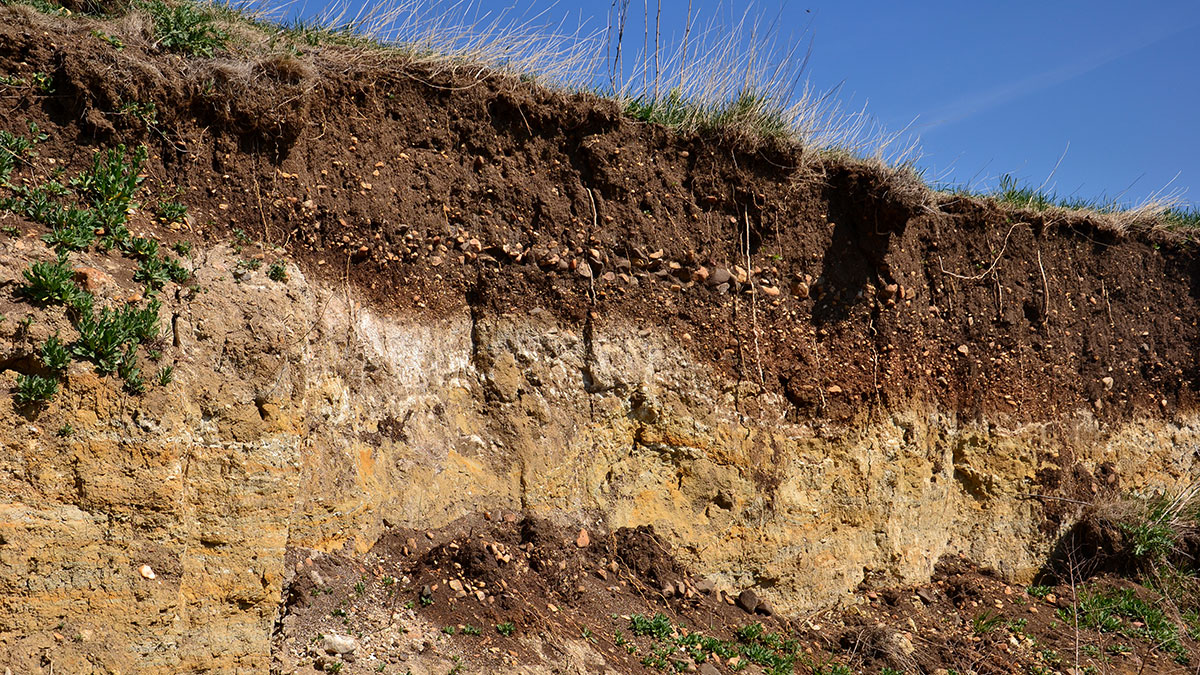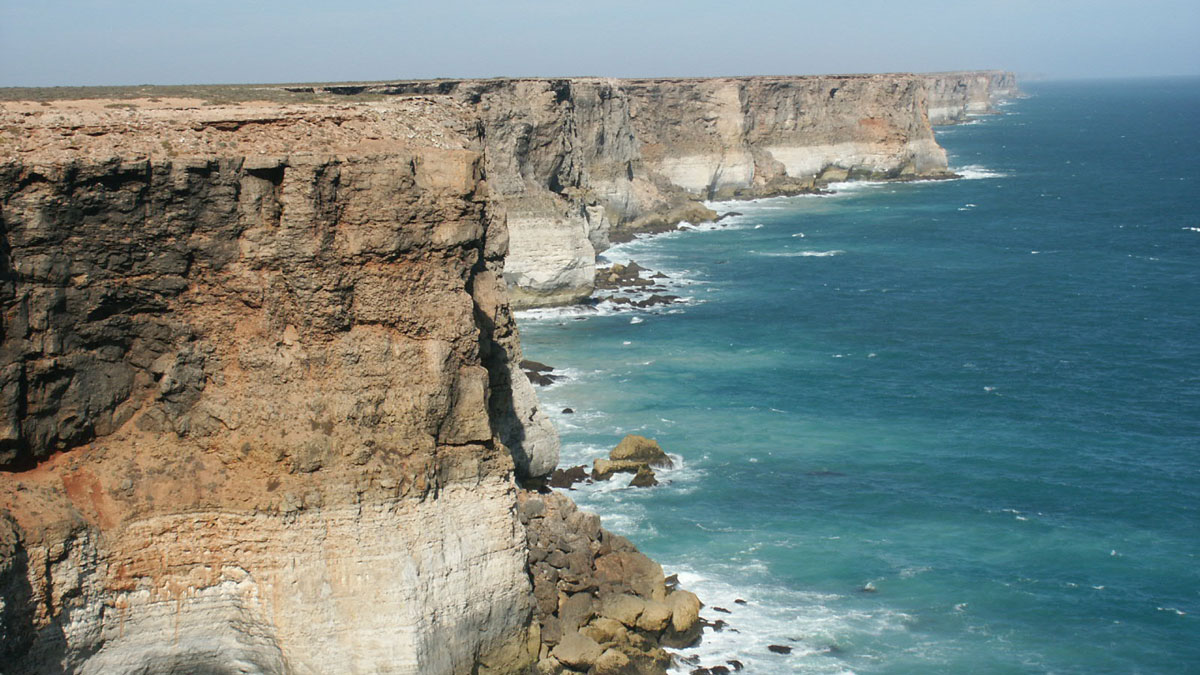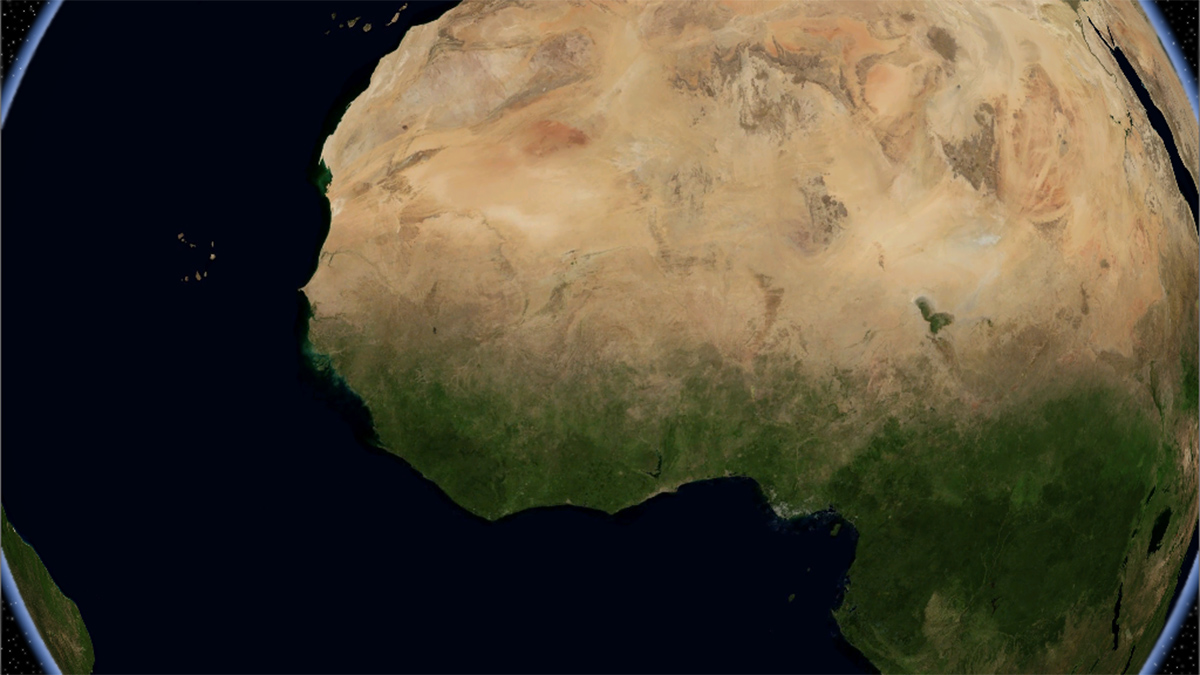一项新的研究描述了不同地球系统模式在预测气候变暖情况下土壤碳水平时的不一致之处。
Research Spotlights
Research spotlights are plain-language summaries of recent articles published in AGU’s suite of 24 journals.
Radioactive Isotopes Trace Hidden Arctic Currents
Tracing anthropogenic radionuclides shows researchers how water from the Atlantic flows into and mingles with Arctic currents.
Cómo los movimientos del manto dan forma a la superficie terrestre
Dos nuevos conjuntos de datos ayudan a los investigadores a separar las influencias de la tectónica de placas y el movimiento del manto en la topografía de la superficie.
What Happens in the Troposphere Doesn’t Stay in the Troposphere
A new study suggests that spillover of tropospheric ozone is affecting measurements of stratospheric ozone recovery more than previously realized.
¿El secreto para imitar fallas naturales? Plexiglás y teflón
Investigadores encontraron una manera eficaz para producir un comportamiento de fallas natural en el laboratorio.
Expecting the Unexpected Could Help Us Prepare for Climate Extremes
A new paper argues that too little consideration of high-impact, low-likelihood events has left us unprepared for the worst of climate change.
在土卫二上寻找生命:我们应该问些什么问题?
在冰冷的海洋世界中,建立在有机化学进化理论基础上的研究框架,可能会比仅仅寻找生命存在的直接证据,带来更深刻的见解。
How Tiny Cracks Lead to Large-Scale Faults
Researchers could soon gain new insights into fault development in Earth’s brittle crust, thanks to a computational approach that harnesses experimental observations of microscale rock damage.
Ancient Crustal Weaknesses Contribute to Modern Earthquakes in West Africa
Researchers dive into the mechanisms and stresses that trigger earthquakes along the passive margin and interior of the continent.
Seals Help Scientists Make Discoveries in Antarctica’s Bellingshausen Sea
By analyzing hydrographic information gathered by seals and an undersea glider, researchers found new meltwater currents, as well as a new seafloor trough.










